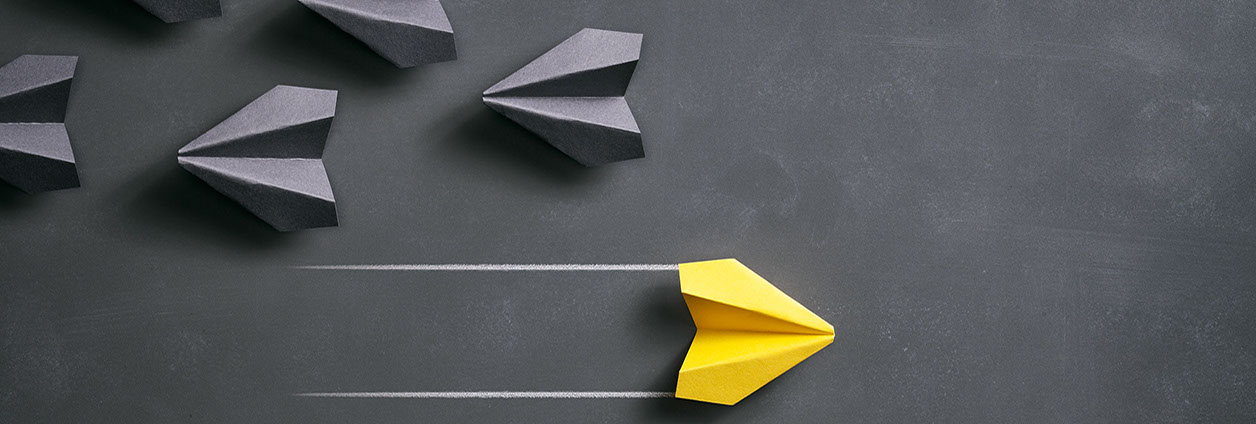
Unconscious bias: how to recognize that blind spot in the brain and overcome it
Newsletter 23 | November 2019
Menu
Unconscious bias: how to recognize that blind spot in the brain and overcome it
Often, unless it’s pointed out, people don’t realize their own internalized biases. Affinity bias—having a more favorable opinion of someone who is similar to oneself—is only human.
What is unconscious bias
As it turns out, what people want to believe about themselves and their own behavior toward others is often quite different from how they actually behave.
For organizations, unconscious bias can result in unintentional discrimination and in poor decision-making. It is worthwhile to understand the existence of unconscious biases in oneself and others and focus one’s efforts to consciously recognize and overcome them.We are inclined to prefer or hire people who are similar to them on the basis of a wide range of characteristics, including social or career background, gender, education, ethnicity, age and interests. Unconscious decision-making has played an important role in the survival and evolution of specie and is rooted in the human brain’s automatic processing systems: sorting through millions of pieces of data very quickly and then take shortcuts to gain a rapid understanding of the situation. But what may have served people well in prehistoric times can be problematic in today’s workplace.
Everyone is biased. The question is not about whether biases exist; it’s a question of what those biases are.
For organizations, unconscious bias can result in unintentional discrimination and in poor decision-making. It is worthwhile to understand the existence of unconscious biases in oneself and others and focus one’s efforts to consciously recognize and overcome them.
Five corrective maneuvers to unconscious bias
- Acknowledge that everyone is biased
Recognize that everyone biased, and it’s not something that is nasty or needs to be kept under the rug; bias is only human. - ‘Flip it to test it’
This is a relatively easy way to call out bias as it happens. People can ask themselves, “If I exchanged the person in question with someone different, such as someone of another gender, would I treat that person the same way?” - Understand the personal benefits of reducing bias
Diversity in the workplace makes people more innovative and promotes better critical thinking. Everyone has a lot to gain personally by working with people from all different backgrounds.Does the organization have leaders who could challenge the status quo, training programs that could improve diversity, recruitment strategies that celebrate difference? All these small steps can lead to a seismic shift in generations to come. - Remove the appearance of bias starting at the hiring process
Ensure that job descriptions contain no indication that a particular gender or type of person is preferred for the role. If possible, several members of a team should be involved in the hiring process ranging from the application review to phone interviews to face-to-face discussions with job candidates. - Lead, don’t follow
In some industries and disciplines, there’s a severe lack of diversity in the employment pool, perhaps reflecting a social prejudice that could take generations to shift. Where this is the case, consider how the organization could look to make a difference. Does the organization have leaders who could challenge the status quo, training programs that could improve diversity, recruitment strategies that celebrate difference? All these small steps can lead to a seismic shift in generations to come.